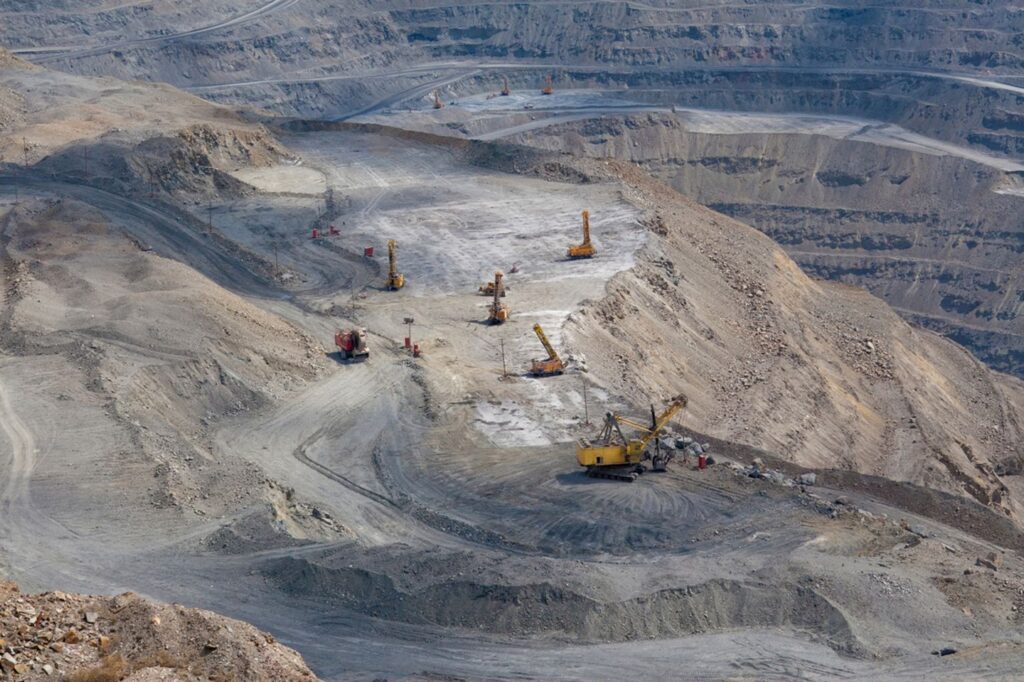UZBEKISTAN
Uzbekistan has already developed the largest (and arguably the cheapest) gold mine in the world at Murmtau. Kyrgzstan’s Kumtor Mine has historically been one of the best economic performers of any publicly quoted gold company. The region’s gold deposits remain for the most part undeveloped. In addition, there are deposits of iron ore, lead, rare-earths and uranium.
Central Asia has the healthiest demographics outside of Africa. Substantial precious metals and rare earth commodities, combined with cheap energy (gas and hydro) give Central Asia some of the best fundamentals for the development of this region.
Political reforms have stepped up in recent years presenting opportunities for investors.
Central Asia is a region of 73 million people with an average age of 25. Population growth will reach 90 million by 2050.


KYRGYZSTAN
Kyrgyzstan has the largest potential for rare earth extraction in the region including gold, iron, copper, coal and antimony.
As Omurkul Kabaev, a former Director of the Institute of Mineral Resources of the Kyrgyz Republic, said in an interview with the Kyrgyz Azattyk business paper ‘the country’s mineral reserves contain over 20 different REEs and rare metals‘. According to him, most of these metals are located at the Kuttesaya mine.
In the meantime, in addition to REEs, the mineral base of the country consists of some other strategically important metals, among which are antimony, tungsten, molybdenum, copper and others.
Overall, according to estimates by Kabaev, there are more than 16,000 mines and deposits in Kyrgyzstan, which makes the country one of the most geologically promising mining destinations in the entire Asian region.
